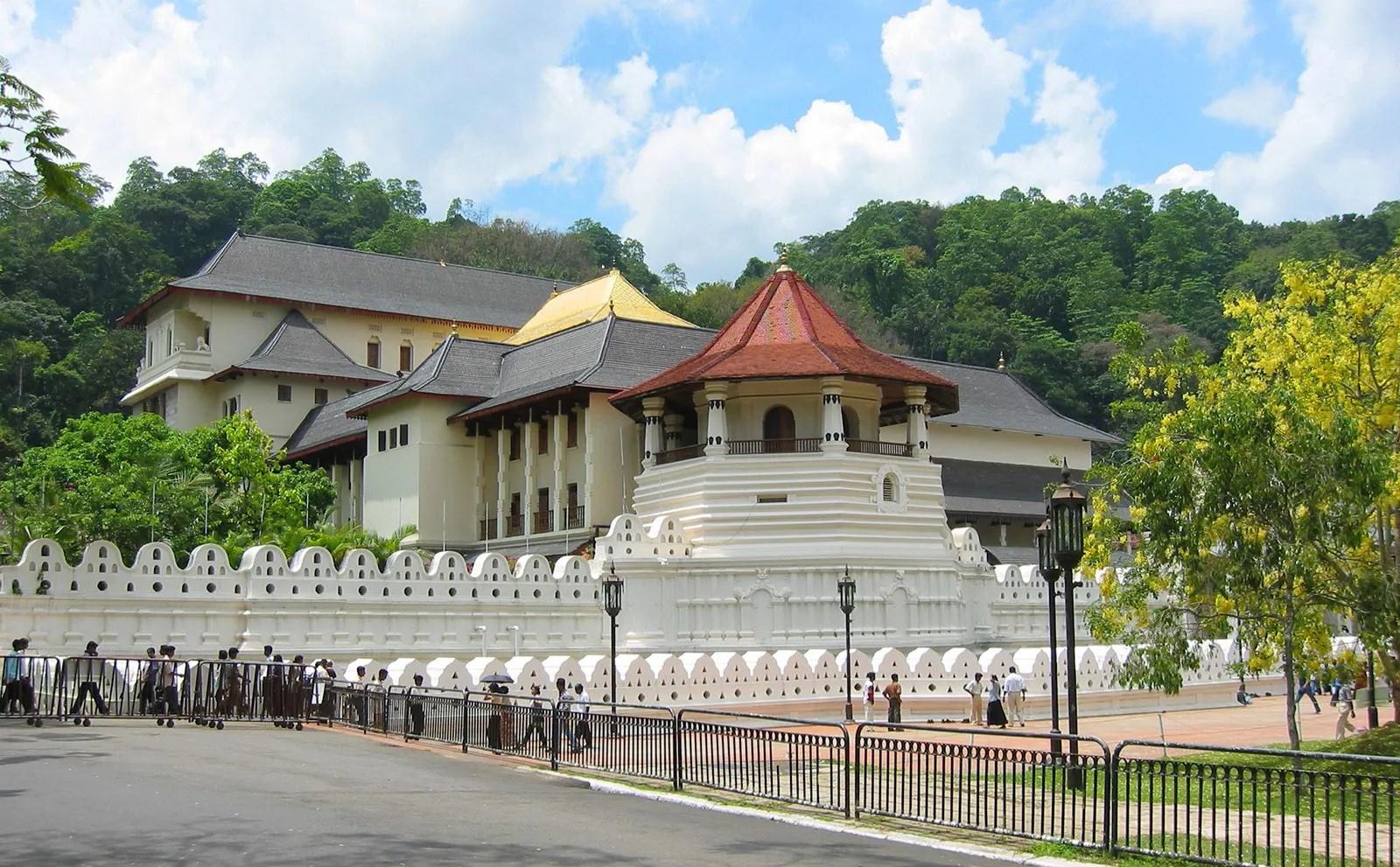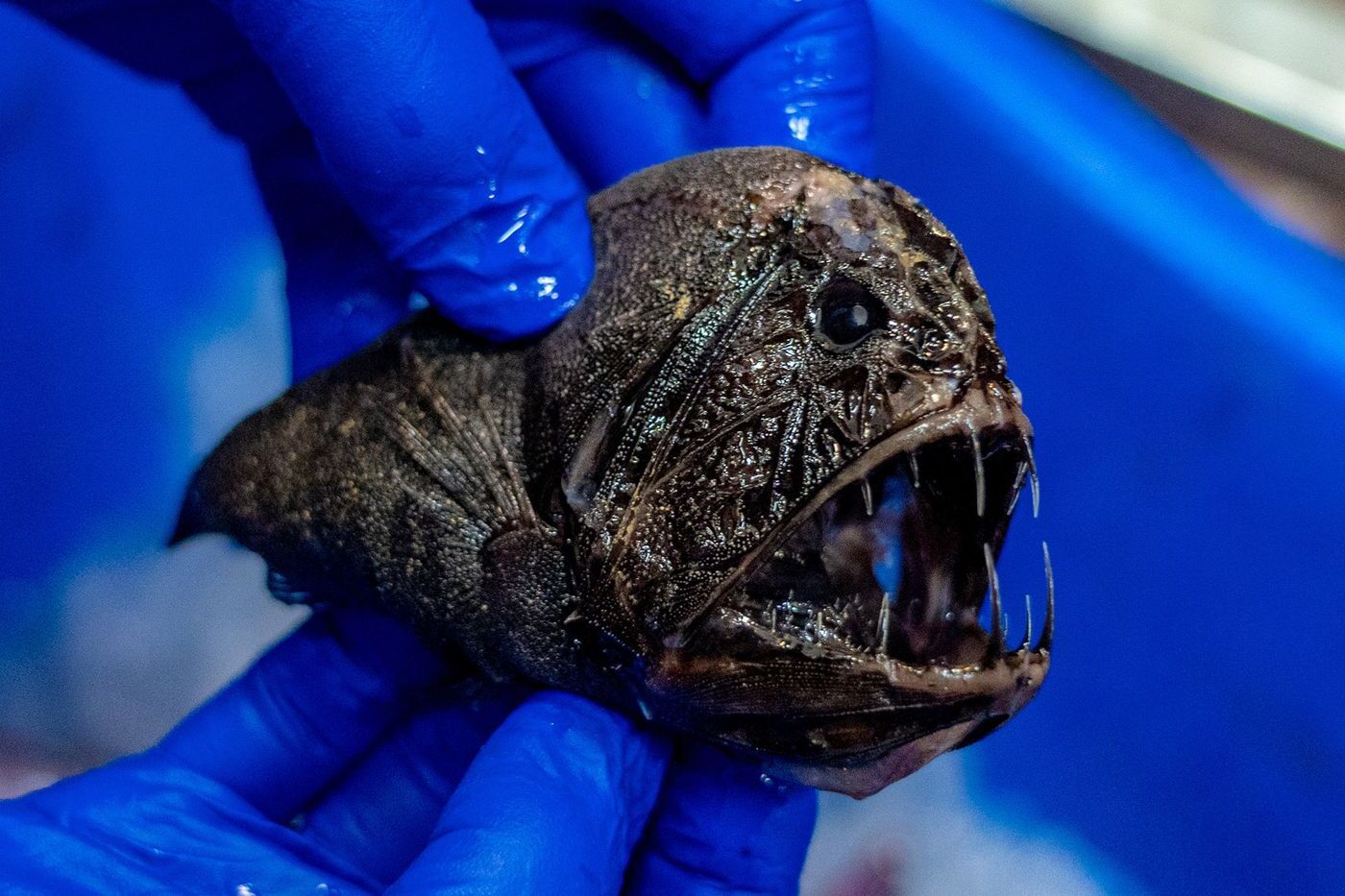
The Temple of the Tooth, also known as Sri Dalada Maligawa, is a sacred Buddhist site located in Kandy, Sri Lanka. This temple houses a revered relic—a tooth of the Buddha. Why is this temple so significant? Because it is believed that whoever holds the relic holds the governance of the country. The temple's history dates back to the 4th century AD when the tooth was brought to Sri Lanka. Over centuries, it has become a symbol of sovereignty and spirituality. Visitors flock to witness the grandeur of its architecture, the beauty of its surroundings, and the deep cultural rituals performed daily. Whether you're a history buff, a spiritual seeker, or just curious, the Temple of the Tooth offers a unique glimpse into Sri Lanka's rich heritage.
Key Takeaways:
- The Temple of the Tooth in Sri Lanka is a historic and spiritual landmark, housing the sacred tooth relic of the Buddha. It is a UNESCO World Heritage Site and a center of Buddhist worship with daily rituals and an annual festival.
- The temple's architectural marvels, cultural impact, and modern-day relevance make it a must-visit for anyone interested in history, art, and spirituality. It continues to inspire artists, attract millions of visitors, and promote peace and understanding among different religious communities.
Temple of the Tooth: A Sacred Site
The Temple of the Tooth, also known as Sri Dalada Maligawa, is one of the most revered Buddhist sites in the world. Located in Kandy, Sri Lanka, this temple houses the sacred tooth relic of the Buddha. Here are some fascinating facts about this historic and spiritual landmark.
-
The temple is believed to have been built in the 16th century by King Vimaladharmasuriya I.
-
The sacred tooth relic was brought to Sri Lanka in the 4th century AD by Princess Hemamali and Prince Dantha.
-
The relic is housed in a golden casket, which is kept inside a series of nested caskets.
-
The temple complex includes several smaller temples and shrines, each dedicated to various deities.
-
The architecture of the temple is a blend of Kandyan, Dravidian, and Thai styles.
-
The temple is a UNESCO World Heritage Site, recognized for its cultural significance.
Rituals and Ceremonies
The Temple of the Tooth is not just a historical site; it is also a living, breathing center of Buddhist worship. Various rituals and ceremonies are performed daily, attracting devotees from around the world.
-
The daily rituals at the temple are known as "Thewawa" and are performed three times a day.
-
The most important ritual is the "Pooja," where offerings of flowers, incense, and food are made to the sacred tooth relic.
-
The temple also hosts an annual festival called "Esala Perahera," which features a grand procession with elephants, dancers, and drummers.
-
During the Esala Perahera, the sacred tooth relic is paraded through the streets of Kandy in a golden casket.
-
The temple's monks are responsible for the upkeep of the relic and the performance of daily rituals.
Historical Significance
The Temple of the Tooth has played a crucial role in the history of Sri Lanka. It has been a symbol of sovereignty and a focal point for political and religious power.
-
The possession of the sacred tooth relic was believed to legitimize the rule of Sri Lankan kings.
-
The temple has been attacked and damaged several times throughout history, including by Portuguese and Dutch colonial forces.
-
Despite these attacks, the temple has been meticulously restored each time, preserving its historical and cultural integrity.
-
The temple complex includes a museum that houses artifacts related to the history of the tooth relic and the temple.
-
The temple has also been a center for Buddhist learning and scholarship for centuries.
Architectural Marvels
The Temple of the Tooth is not just a spiritual center; it is also an architectural marvel. Its intricate designs and stunning craftsmanship make it a must-visit for anyone interested in architecture and history.
-
The temple's main shrine room, known as the "Handun Kunama," is adorned with gold, silver, and ivory decorations.
-
The walls of the temple are covered with beautiful frescoes depicting scenes from the life of the Buddha.
-
The temple's roof is made of gold-plated tiles, adding to its grandeur.
-
The temple complex includes a moat and a series of gardens, which add to its serene and peaceful atmosphere.
-
The temple's entrance is guarded by two stone elephants, symbolizing strength and protection.
Cultural Impact
The Temple of the Tooth has had a profound impact on Sri Lankan culture and society. It is a symbol of national pride and a source of inspiration for artists, writers, and musicians.
-
The temple has inspired numerous works of art, including paintings, sculptures, and literature.
-
The Esala Perahera festival is one of the most important cultural events in Sri Lanka, attracting thousands of visitors each year.
-
The temple has also been featured in several films and documentaries, highlighting its cultural and historical significance.
-
The temple's influence extends beyond Sri Lanka, with Buddhist communities around the world recognizing its importance.
Modern-Day Relevance
Despite its ancient origins, the Temple of the Tooth remains relevant in modern times. It continues to be a center of worship and a symbol of Sri Lankan identity.
-
The temple attracts millions of visitors each year, both pilgrims and tourists.
-
The temple's monks are actively involved in community service and social welfare programs.
-
The temple has embraced modern technology, with a website and social media presence to reach a global audience.
-
The temple is also a center for interfaith dialogue, promoting peace and understanding among different religious communities.
-
The temple's library houses a vast collection of ancient manuscripts and texts, making it a valuable resource for researchers and scholars.
-
The temple has been a focal point for national celebrations and events, including Independence Day ceremonies.
-
The temple's serene and peaceful atmosphere provides a sanctuary for those seeking spiritual solace and reflection.
Final Glimpse at Temple of the Tooth
The Temple of the Tooth stands as a beacon of history, culture, and spirituality in Sri Lanka. Housing the sacred tooth relic of Buddha, this site draws pilgrims and tourists alike. Its architecture showcases Kandyan artistry, while the annual Esala Perahera parade mesmerizes with elephants, dancers, and drummers. The temple not only serves as a religious hub but also as a symbol of national pride. Whether you're a history buff, a spiritual seeker, or just curious, the Temple of the Tooth offers a unique glimpse into Sri Lanka's rich heritage. Visiting this iconic site provides a deeper understanding of Buddhism and the island's cultural fabric. So, next time you're in Sri Lanka, make sure to add the Temple of the Tooth to your must-see list.
Frequently Asked Questions
Was this page helpful?
Our commitment to delivering trustworthy and engaging content is at the heart of what we do. Each fact on our site is contributed by real users like you, bringing a wealth of diverse insights and information. To ensure the highest standards of accuracy and reliability, our dedicated editors meticulously review each submission. This process guarantees that the facts we share are not only fascinating but also credible. Trust in our commitment to quality and authenticity as you explore and learn with us.


